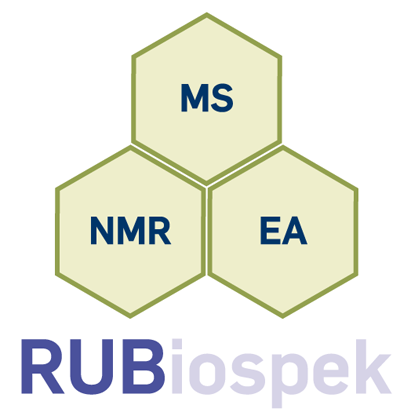FACULTY OF CHEMISTRY AND BIOCHEMISTRY
Co-crystal improves the water-solubility of ASA
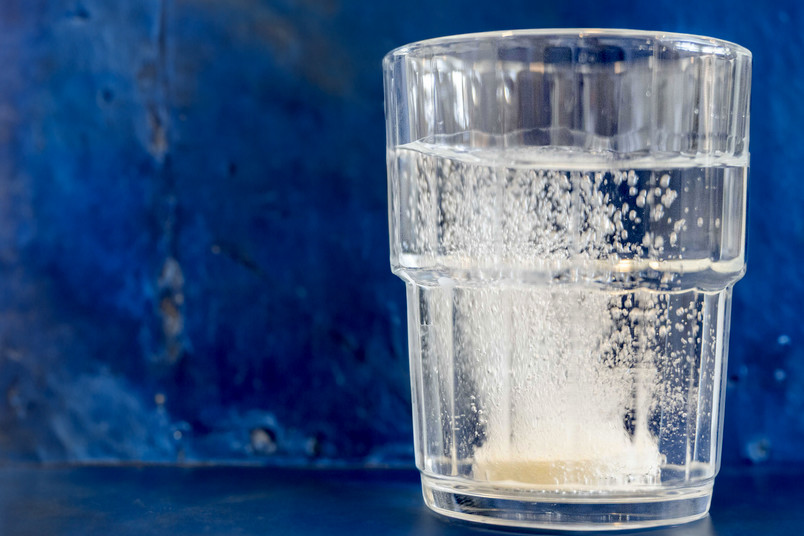
This could benefit patients diagnosed with suspected acute myocardial infarction.
For decades, researchers have been looking for ways to make the active ingredient acetylsalicylic acid (ASA) – the active ingredient of Aspirin – more water-soluble. It’s used not only as pain relief, but also to prevent the formation of life-threatening blood clots in heart attacks and strokes.
Read more
Recently discovered protein domain regulates collagen transport

Discovery of the MOTH domain offers insights into evolution. This is because both insects and vertebrates need collagen in their connective tissue.
Collagen is the protein that holds our body together. It is produced inside cells, from where it must be transported to its site of action in connective tissue. The protein domain that is responsible for the recognition of collagen has previously been mistaken for a subform of another. Dr. Oliver Arnolds and Professor Raphael Stoll from the Faculty of Chemistry and Biochemistry at Ruhr University Bochum, Germany, have characterised and named this domain for the first time.
Read more
“It’s well worth the effort”
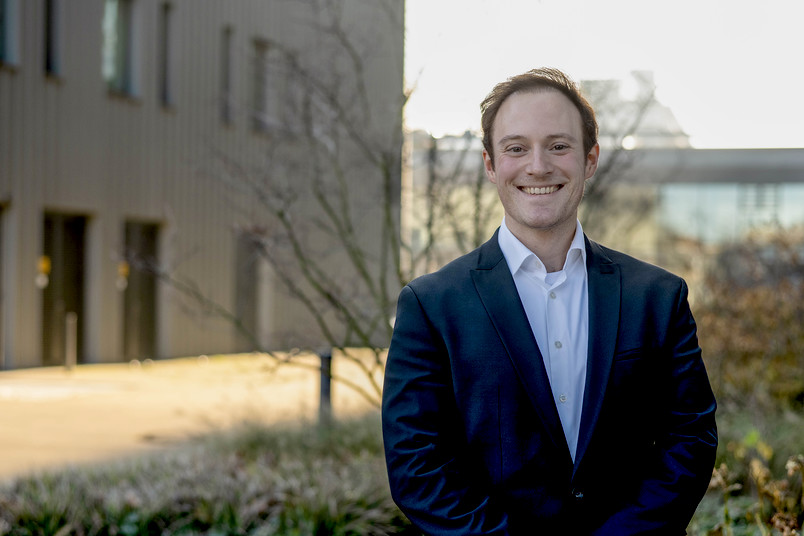
David Zanders completed his doctorate simultaneously in Bochum and Canada. In this interview, he reveals in what way it was a unique experience and how the exchange led him to competitive axe throwing.
Read more
Novel sensors enable precise measurement of dopamine
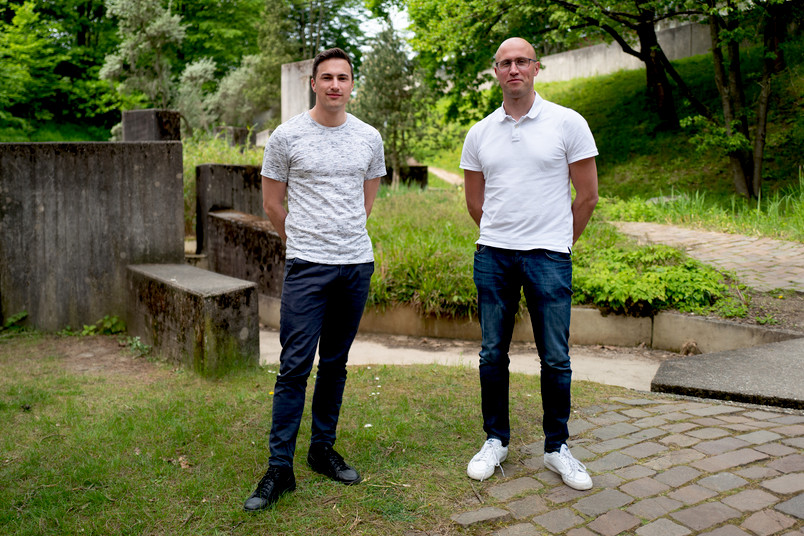
Carbon nanotubes glow brighter in the presence of neurotransmitters. This facilitates the easy and accurate measurement of signals between nerve cells.
Dopamine is an important signalling molecule for nerve cells. Its concentration could not be precisely determined with both high spatial or temporal resolution until now. A new method has now made this possible: A research team from Bochum, Göttingen and Duisburg used modified carbon nanotubes that glow brighter in the presence of the messenger substance dopamine.
Read more
A sieve for molecules
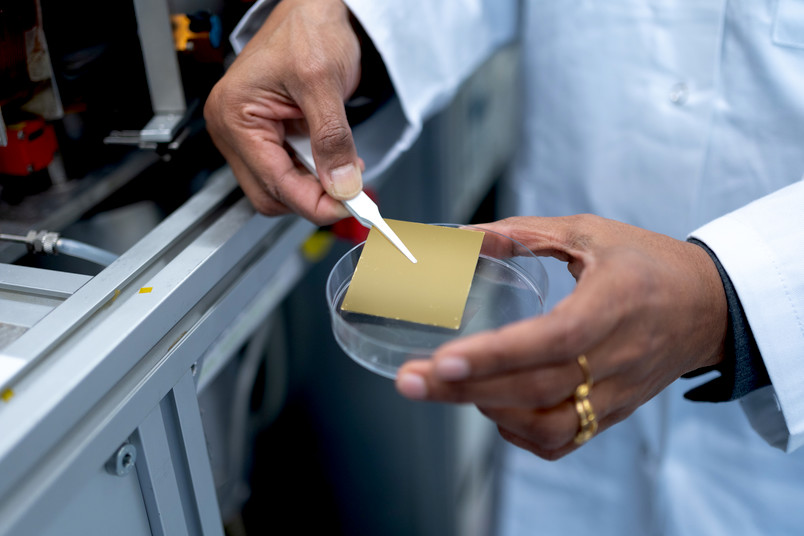
Scientists have long tried to use graphene, which is composed of carbon, as a kind of sieve. But this material doesn’t have any pores. Now, a team has found an alternative material which comes with pores from the outset.
Researchers from Bielefeld, Bochum and Yale have succeeded in producing a layer of two-dimensional (2D) silicon dioxide. This material contains natural pores and can therefore be used like a sieve for molecules and ions. Scientists have been looking for such materials for a long time because they could for example help desalinate seawater and be used in new types of fuel cells.
Read more
More press releases...
Course programs
Bachelor
Course language German
Bachelor of Science in Chemistry
Bachelor of Science in Biochemistry
Bachelor of Arts in Chemistry + x
Master
Course language English
Master of Science in Chemistry
Master of Science in Biochemistry
Master of Science in Molecular Sciences and Simulation
Course language German
Master of Education in Chemistry + x











